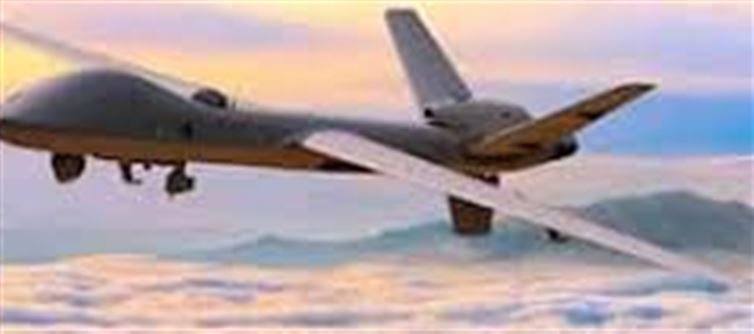
The face of war has completely changed in the 21st century. While missiles, tanks and fighter jets dominated the earlier wars, now drones have become the most dangerous and effective weapons of war. These small but deadly drones now silently target the enemy and cause massive destruction, that too without losing the life of any soldier.
Why are drones dangerous?
The biggest strength of drones is their secrecy and accuracy. They escape radar, make very little noise and strike at the target accurately. Not only for surveillance, but now they have also become capable of dropping bombs, launching missiles and carrying out suicide attacks. From 2022 till now, the power of drones in the Russia-Ukraine war has surprised the world. Small and cheap drones are defeating missile defense systems worth millions of dollars. This is the reason why now every country is rapidly incorporating drone technology in its army.
Are missiles a thing of the past?
Missiles are still an important part of warfare, but drones are now being given more priority considering their cost, operation and human danger. While a modern missile system costs crores, drones can show the same effect at a much lower cost. Drones have become the eyes and ears of the army not only in attacking but also in real time intelligence, surveillance and border patrolling. This is the reason why countries like America, China, Russia, India, turkey and israel are now investing billions of dollars in drone technology.
Is this the beginning of the Third World War?
This change in drone warfare technology is taking the world towards a new kind of war. When a country can attack only with drones and AI technology without sending ground troops, then the risk of threats like border conflict and cyber war increases much more. From the Israel-Gaza conflict to Ukraine, drones are now standing in the front line of war. The growing technological tension between the US and China, and the AI-based arms race all indicate that the Third World war will not be conventional, but technological.




 click and follow Indiaherald WhatsApp channel
click and follow Indiaherald WhatsApp channel